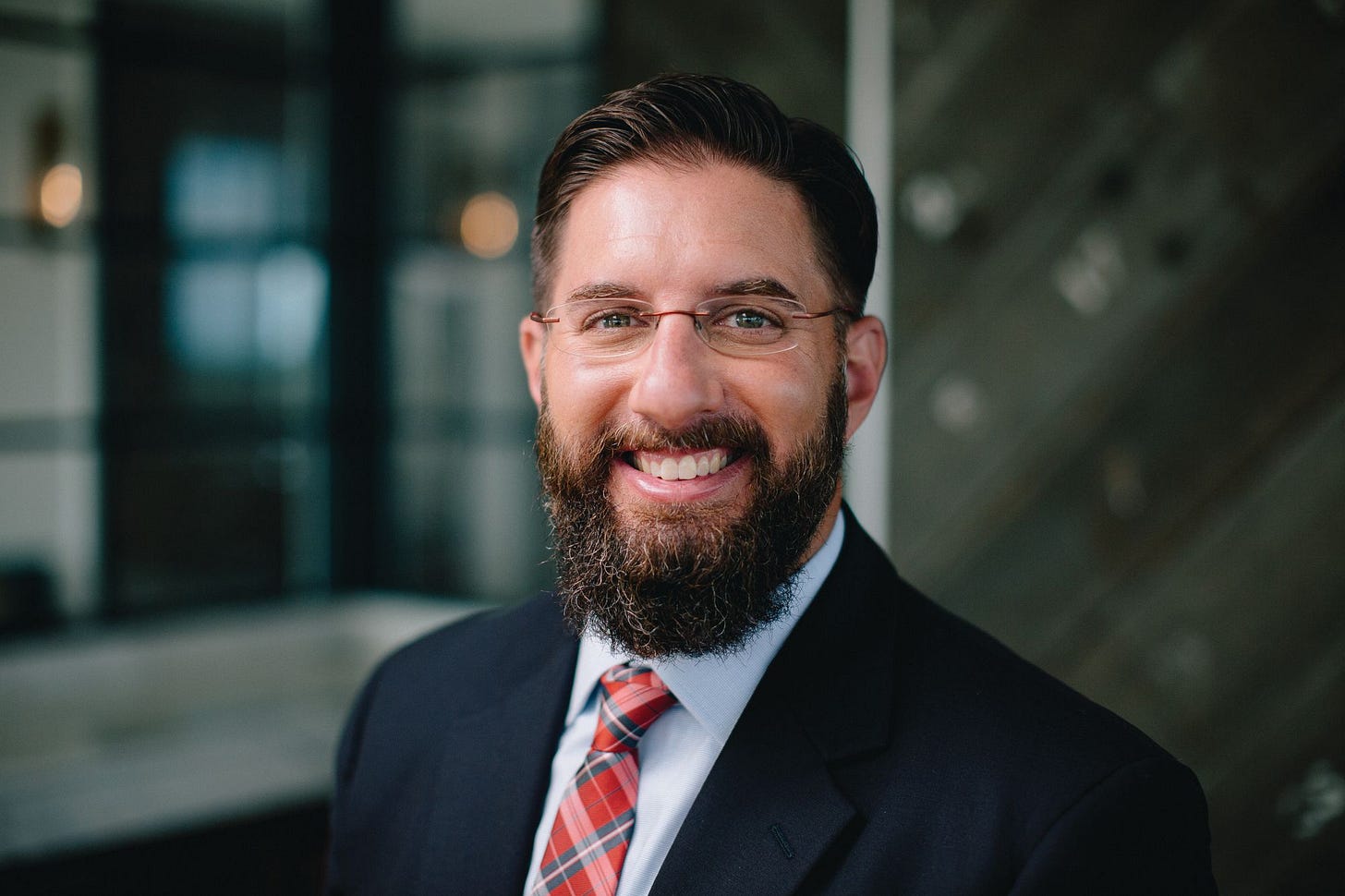
In the Catholic Church, November is traditionally a month associated with praying for the dead. The celebration of All Souls’ Day, visits to cemeteries, and indulgences for the faithful departed are all customs commonly undertaken during November.
But beyond praying for our dead friends and family members, is it possible to have a relationship with them?…
